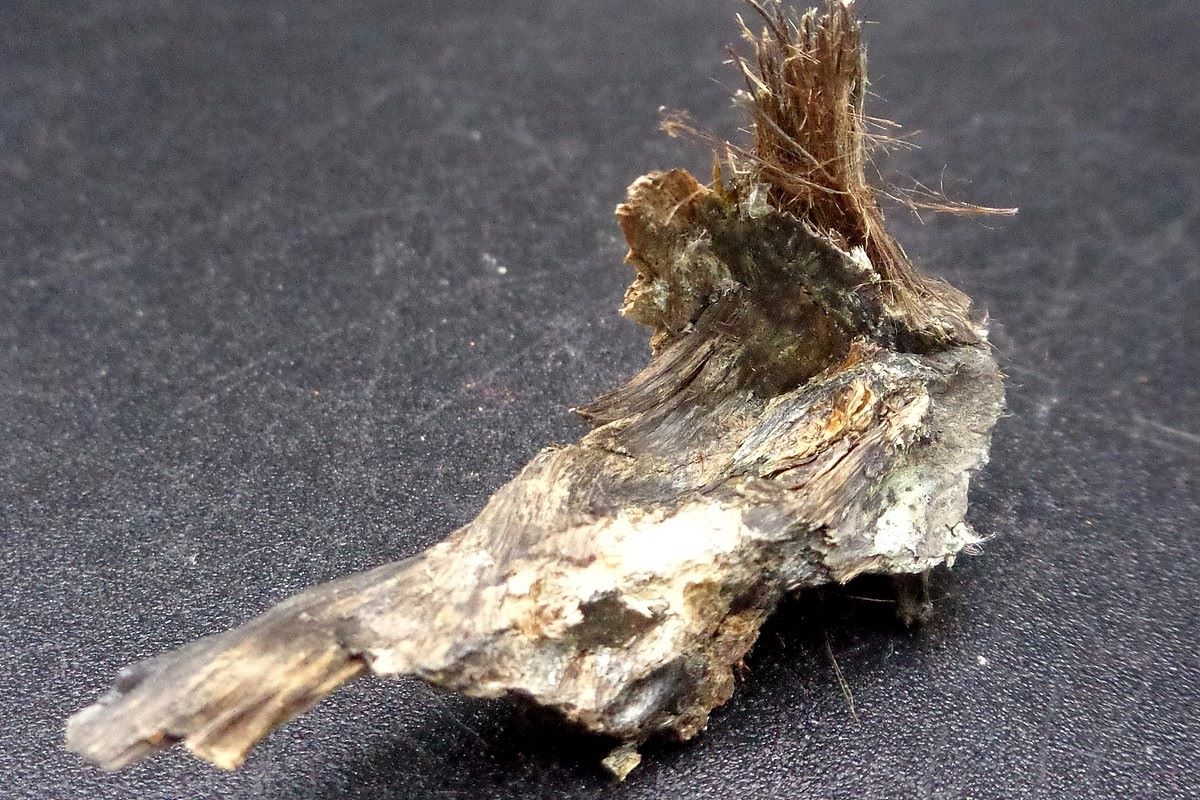
Balangeroite is a rare mineral that often intrigues geologists and mineral enthusiasts alike. Found primarily in the Balangero mine in Italy, this unique mineral has a fascinating composition and structure. What makes Balangeroite special? Its fibrous nature and distinct yellow-brown color set it apart from other minerals. Additionally, it belongs to the amphibole group, which includes minerals known for their complex crystal structures. Balangeroite's rarity and specific locality make it a prized specimen for collectors. Why should you care about Balangeroite? Understanding its properties can offer insights into geological processes and the history of the Earth. Whether you're a budding geologist or just curious about the natural world, learning about Balangeroite can be both educational and exciting.
Key Takeaways:
- Balangeroite, a rare mineral found in Italy, has unique properties and is studied for its potential industrial uses and health risks similar to asbestos. It contributes to scientific curiosity and mineralogical knowledge.
- Balangeroite's fibrous nature raises health and safety concerns, similar to asbestos. Proper handling and awareness of its risks are crucial, while its unique properties make it a subject of scientific interest and curiosity.
What is Balangeroite?
Balangeroite is a rare mineral that has intrigued geologists and mineral enthusiasts alike. Found primarily in Italy, this mineral has unique properties and a fascinating history. Let's dive into some interesting facts about Balangeroite.
-
Balangeroite was first discovered in the Balangero mine in Italy, which is how it got its name.
-
This mineral is part of the amphibole group, known for its complex crystal structures.
-
Balangeroite typically forms in fibrous aggregates, giving it a distinctive appearance.
-
The mineral is often found in association with chrysotile, another type of asbestos.
-
Balangeroite has a monoclinic crystal system, meaning its crystal structure is asymmetrical.
Chemical Composition and Properties
Understanding the chemical makeup and properties of Balangeroite helps in identifying and studying it further. Here are some key details:
-
The chemical formula for Balangeroite is (Mg,Fe)7Si8O22(OH)2.
-
It contains magnesium, iron, silicon, oxygen, and hydrogen.
-
Balangeroite has a hardness of 5-6 on the Mohs scale, making it relatively hard.
-
The mineral has a specific gravity of about 3.1, indicating its density.
-
Balangeroite is usually greenish to brownish in color, depending on its iron content.
Geological Occurrence
Balangeroite's geological occurrence provides insights into where and how it forms. Here are some interesting facts:
-
This mineral is primarily found in serpentinite rocks.
-
The Balangero mine in Italy is the most famous locality for Balangeroite.
-
It forms under low-grade metamorphic conditions.
-
Balangeroite is often found in regions with significant tectonic activity.
-
The mineral can also be found in other parts of the world, including Canada and the United States.
Uses and Applications
While not as widely known as other minerals, Balangeroite has some specific uses and applications:
-
Due to its fibrous nature, Balangeroite has been studied for its potential use in industrial applications.
-
It is sometimes used in scientific research to understand the properties of fibrous minerals.
-
Balangeroite's unique structure makes it a subject of interest in mineralogical studies.
-
Collectors value Balangeroite specimens for their rarity and distinctive appearance.
-
The mineral's association with asbestos has led to health and safety studies.
Health and Safety Concerns
Balangeroite's fibrous nature raises some health and safety concerns, particularly due to its association with asbestos:
-
Inhalation of Balangeroite fibers can pose health risks similar to those of asbestos.
-
Proper safety measures are essential when handling or studying Balangeroite.
-
The mineral's potential health risks have led to regulations on its use and handling.
-
Researchers continue to study the health impacts of Balangeroite exposure.
-
Awareness of Balangeroite's risks is crucial for those working with the mineral.
Interesting Tidbits
Here are some additional interesting tidbits about Balangeroite that you might find fascinating:
-
Balangeroite was named after the Balangero mine, which was one of the largest asbestos mines in Europe.
-
The mineral's discovery in the 1970s added to the understanding of the amphibole group.
-
Balangeroite's fibrous nature makes it similar in appearance to other asbestos minerals.
-
Despite its potential health risks, Balangeroite remains a subject of scientific curiosity.
-
The study of Balangeroite contributes to broader geological and mineralogical knowledge.
Balangeroite: A Rare Gem
Balangeroite, a rare mineral, captivates geologists and collectors alike. Found primarily in Italy, this fibrous mineral boasts unique properties that make it a subject of fascination. Its striking appearance, with needle-like crystals, sets it apart from other minerals. Despite its beauty, balangeroite's asbestos content requires careful handling.
Understanding balangeroite's formation helps scientists learn more about geological processes. Its presence in serpentinite rocks provides clues about Earth's history. Collectors value balangeroite for its rarity and distinctive look, making it a prized addition to any collection.
Balangeroite's story isn't just about its physical characteristics. It also highlights the importance of responsible mineral collection and awareness of potential health risks. By appreciating balangeroite's unique qualities and handling it with care, enthusiasts can enjoy this rare gem while respecting its complexities.
Frequently Asked Questions
Was this page helpful?
Our commitment to delivering trustworthy and engaging content is at the heart of what we do. Each fact on our site is contributed by real users like you, bringing a wealth of diverse insights and information. To ensure the highest standards of accuracy and reliability, our dedicated editors meticulously review each submission. This process guarantees that the facts we share are not only fascinating but also credible. Trust in our commitment to quality and authenticity as you explore and learn with us.


